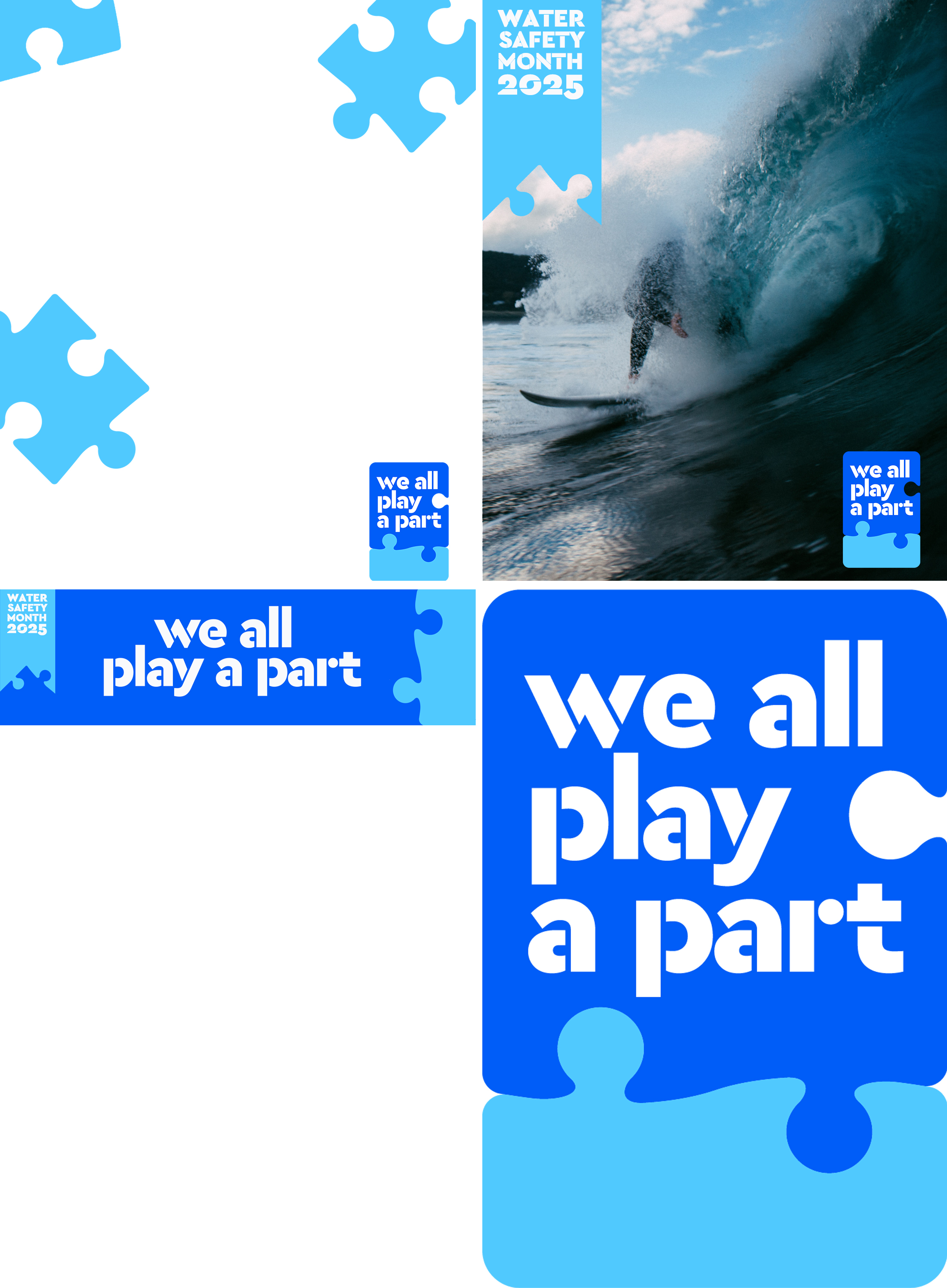Swimming, wading and 'having a dip' in water is a quintessentially Kiwi activity. It's something that most of us enjoy but perhaps familiarity leads to complacency about the risks?
In 2024, 18 New Zealanders drowned swimming, wading or 'having a dip'. This result, the same as 2023, is ahead of the 10-year average of 17.5 fatalities.
Learning to swim is a life choice we would love every New Zealander to be able to make. Water Safety New Zealand advocates for high-quality, survival-focused education, to be the life skill needed for all school-aged children.
Annual swimming deaths
Swimming in open water
Less than 20 per cent of people consider themselves competent – and more than half of New Zealanders are unable to swim or weak at swimming in open water. These New Zealanders won't be able to save themselves when things go wrong.
A significant proportion of drownings occur in open water - at the beach, river, or lake. With around 2.6 million people participating in aquatic activities every year, the need to lift competence and ability is clear.
Swim between the red and yellow flags
When you’re at the beach, always swim between the flags. Surf Life Saving New Zealand patrol over 90 of our busiest beaches each summer. Always choose a lifeguarded beach and swim between the red and yellow flags, as they identify the safest area to swim.
New Zealanders love escaping to remote locations to swim. Understanding risks at surf beaches is paramount to staying safe.
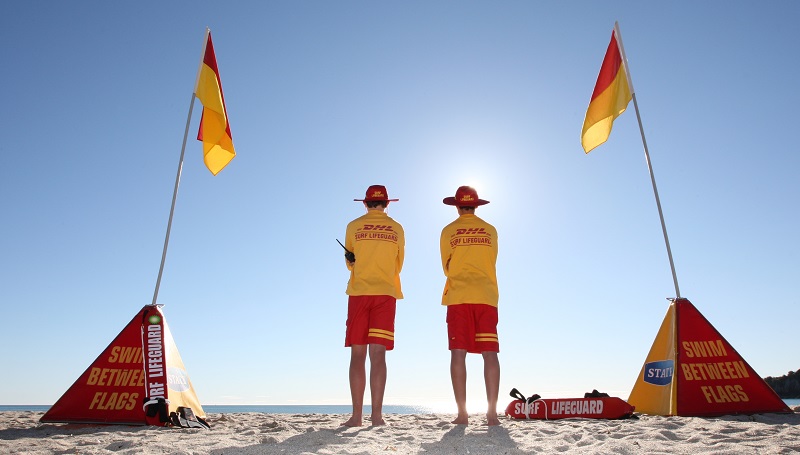
River swimming
On a warm sunny day a river swimming hole looks like a great place for a swim. Swimming in rivers is fun but it can be dangerous. Many people do not understand the force of water in a river.
If you swim out of a swimming hole into the river current you can be swept down the river by the force of the water. You could be pulled underwater by the force of the current or pushed against an obstacle like a rock and be trapped and drown.
The current can be strong even if the river looks calm and the water is slow moving.
Swimming in a river is not like swimming in a pool or in the sea:
- River water is much colder than pool or sea water
- You do not float as well in river water as you do in sea water
- If you are in a river current and try to put your feet down your foot could become trapped under rocks
- If you are in a river current you can become trapped against obstacles and strainers or be swept into rapids, waterfalls or weirs
- If you are in a river current you will use a lot of energy to keep yourself afloat as you look to get out of the river at the first safe exit place.
Survival swimming
If you end up being swept down a river you need to Survival Swim using the Whitewater Position.
To survival swim using the whitewater position:
- Float on your back
- Face downstream with your feet and toes just at the surface
- Have your arms by your side free to scull if required
- Keep your head up
- Turn your hips slightly to one side so that if you bump over rocks your butt cheeks hit the rocks, not your tailbone.
When you see a place to get out of the river plan early to:
- Propel yourself toward the exit point with your arms
- Change to swimming or side swimming strongly to get over the eddy line and reach the river bank.
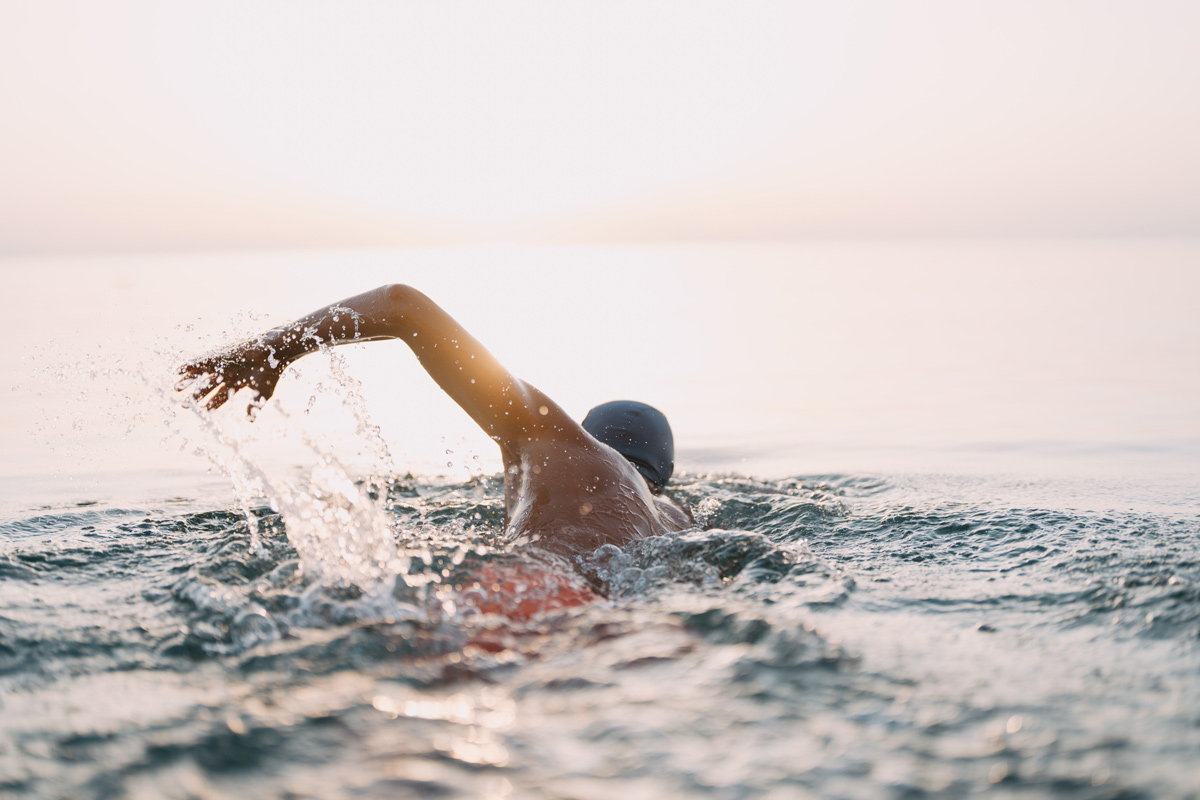
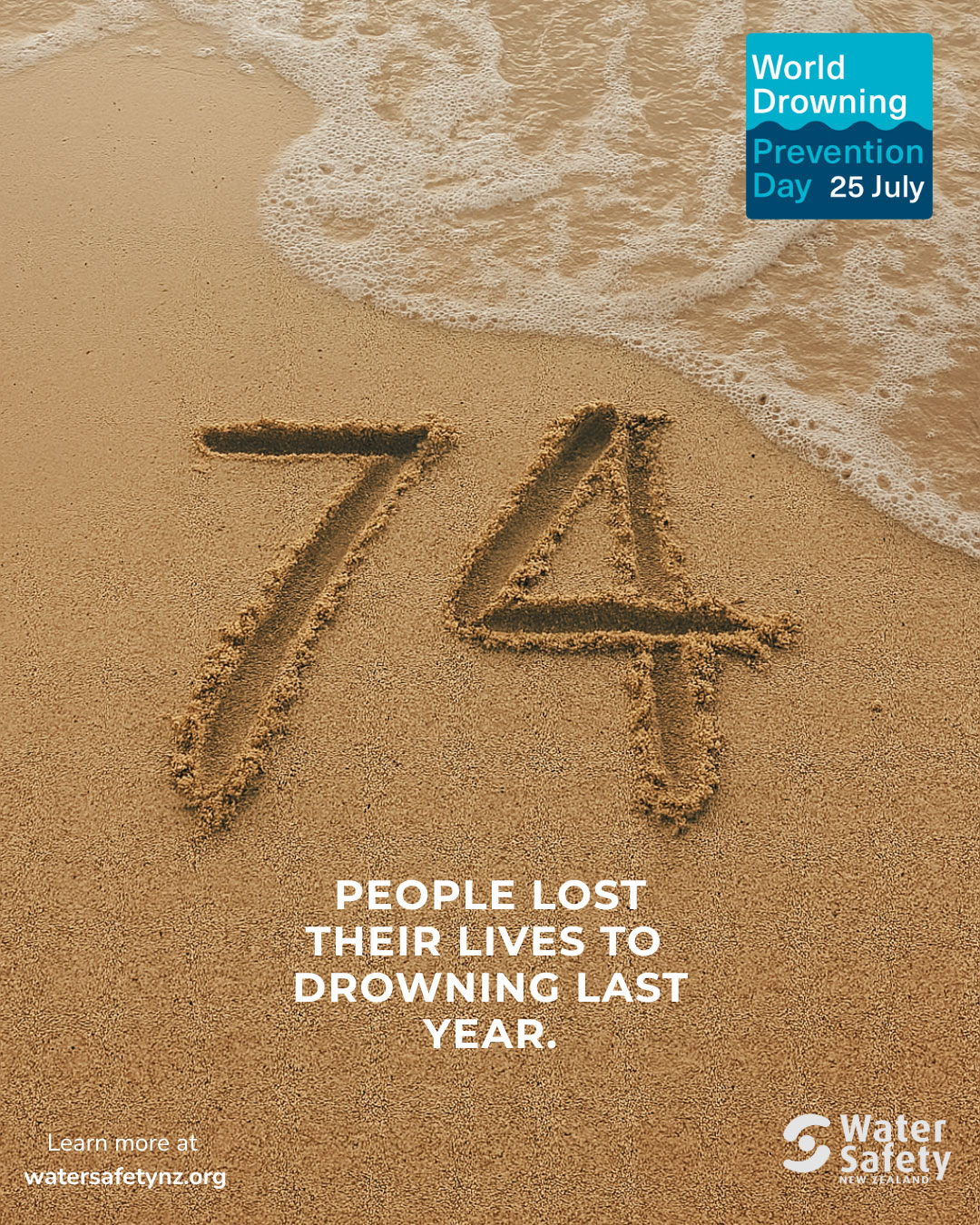
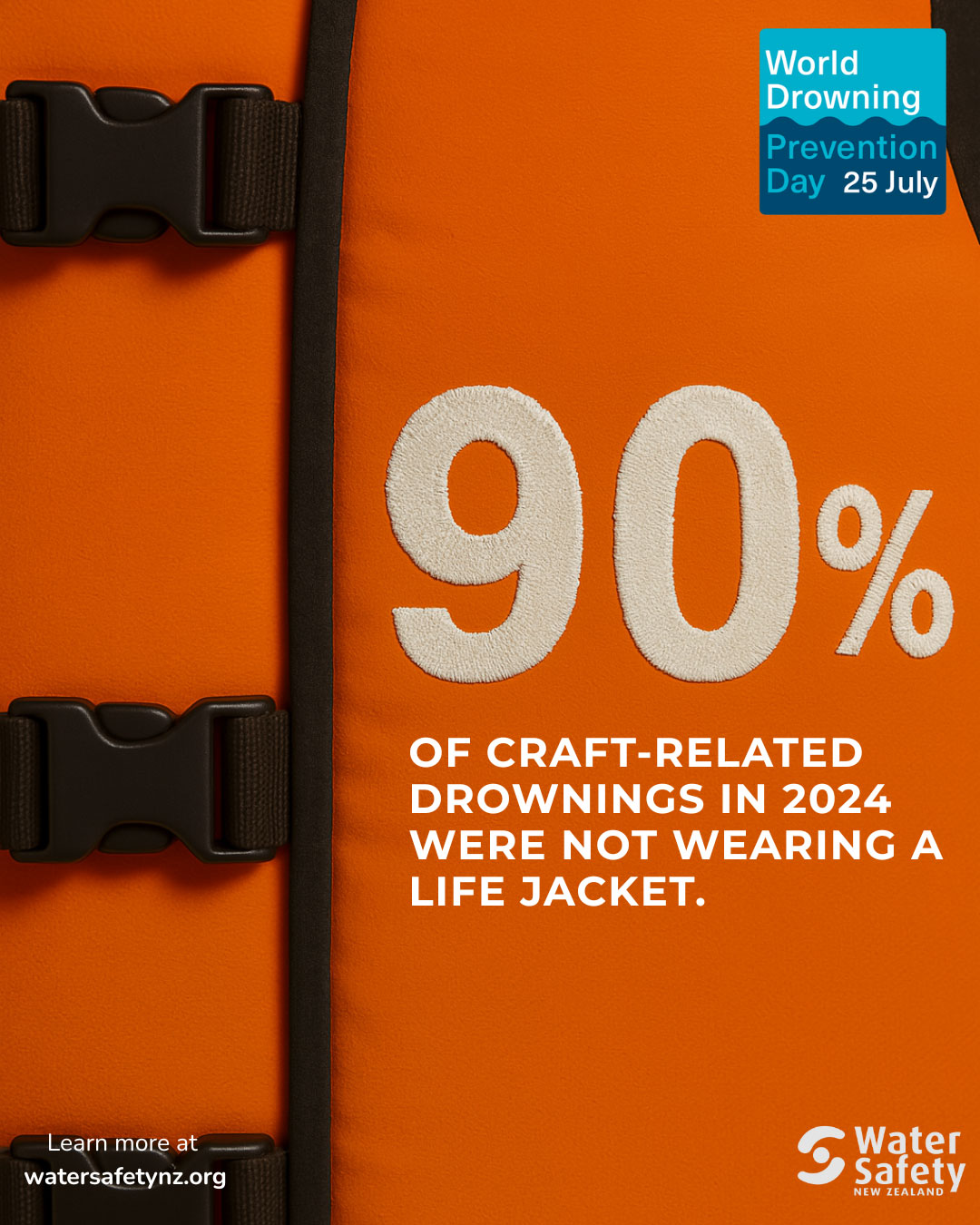
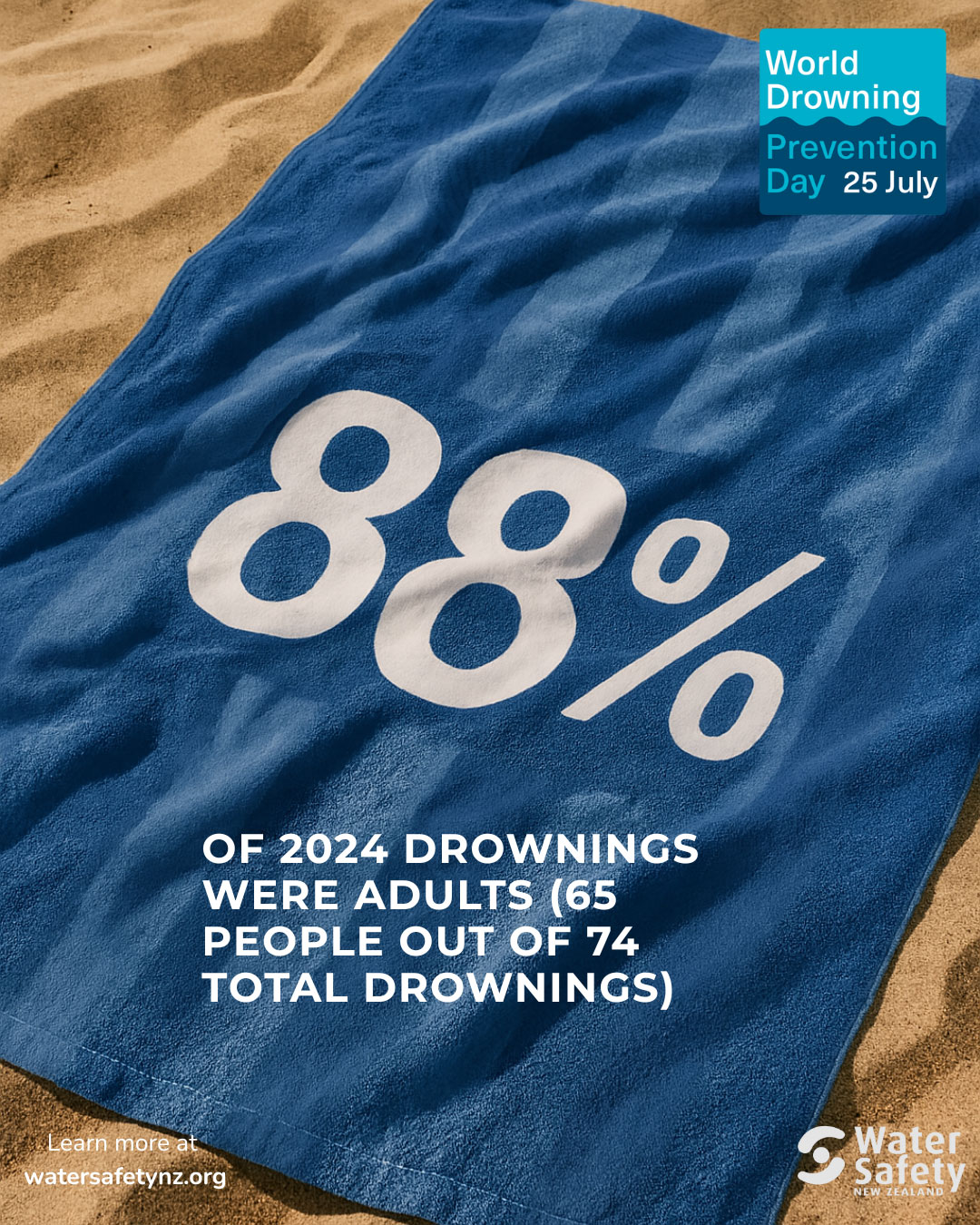


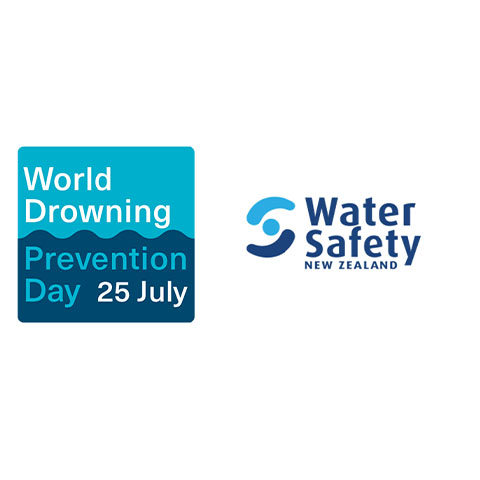
.jpg)
